The rat of Proserpina
Oil on canvas, cm 188 x 123
Depicted at the climax of the action, at the height of drama, is the scene of the Rape of Proserpina ( for the Greeks Persephone) daughter of Ceres. The protagonist of the story is Proserpina, Roman version of the Greek Persephone, daughter of the agricultural deity Ceres (Demeter in Greek). These two mythological figures since the beginning of time are closely linked to the worship of the earth, agriculture and the alternation of the seasons, and, known as the protagonists of the "Eleusinian Mysteries", are also celebrated as "the divine couple". One day, while Proserpina was gathering flowers on the shores of Lake Pergusa, near present-day Enna, the god of the underworld Pluto, known by the Greeks as Hades, He became so fond of her that he decided to kidnap the girl and take her with him to the realm of the dead. Proserpina’s harrowing cry for help reached her mother’s ears, who, in desperation for her daughter’s fate, wandered nine days and nine nights, searching for Proserpina throughout Greece and holding two burning torches. Finally, Ceres learns from Helios how his Proserpina has been dragged by Pluto to the afterlife, so enraged and in pain, she threatens to stop working on her divine functions until her daughter returns to Earth. She took refuge, then, in Eleusi, where she was welcomed with great warmth and hospitality. Meanwhile, however, everything on Earth began to die and famines began to rage among desperate humans. It was for this reason that Jupiter, concerned for the fate of men, ordered Pluto to release his young bride, allowing her to reunite with her mother. The god of the underworld consented, but unwilling to renounce his wife, he cleverly fed Proserpina pomegranate grains, binding her permanently and forever to the realm of the dead. Ceres and Pluto had to compromise: the young woman would live six months on Earth with her mother and the remaining six months in the Underworld with Hades. During the period spent with Hades, from early autumn (sowing time) until the end of winter, the Earth would have been cold and the fields would not bear fruit. At the blossoming of spring, however, Proserpina would have been free to return home and Ceres, happy to have her daughter back, would have given new life, the land would have been fertile and would have fed all men with her crops.
This painting depicts the climax of the action, the moment of the rapture. Pluto, proud and insensitive, powerful and muscular, tries to drag Proserpina into the underworld by force. The muscles of the God are strained in the effort to support the body of the girl who, even if she is a minute, tries to escape and wriggle from the tight grip of Pluto. Behind the god you can see his cart pulled by the horse from whose mouth gush flames, flames that are also found at the foot of the group to indicate the inevitable fate of the young woman.
The mythological subject was much appreciated by the artists who over the centuries created different versions of it, obviously the most famous is the Proserpina’s rat, now housed in the Galleria Borghese del Bernini.
With Ars Antiqua you can defer all amounts up to a maximum of € 7,500 at ZERO RATE, for a total of 15 INSTALLMENTS.
Eg. Tot. € 4,500 = Monthly installment € 300 for 15 months.
Eg. Tot. € 3,600 = Monthly installment € 720 for 5 months.
For amounts over €7,500 or for a longer grace period (over 15 installments), we can provide a custom payment.
Contact us directly to get the best quote.
LIVE TV
- SUNDAY 17.00 - 21.00 Dig.terr. 126 + 809 SKY
- Streaming on our website www.arsantiquasrl.com and on our social networks Facebook and Youtube
All the works proposed by Ars Antiqua are sold accompanied by a certificate of authenticity in accordance with the law and accurate fact sheet.
You can see the works directly at the showroom gallery in Milan, in via Pisacane 55 and 57.
We personally organize transport and deliveries of the works, both for Italy and abroad.


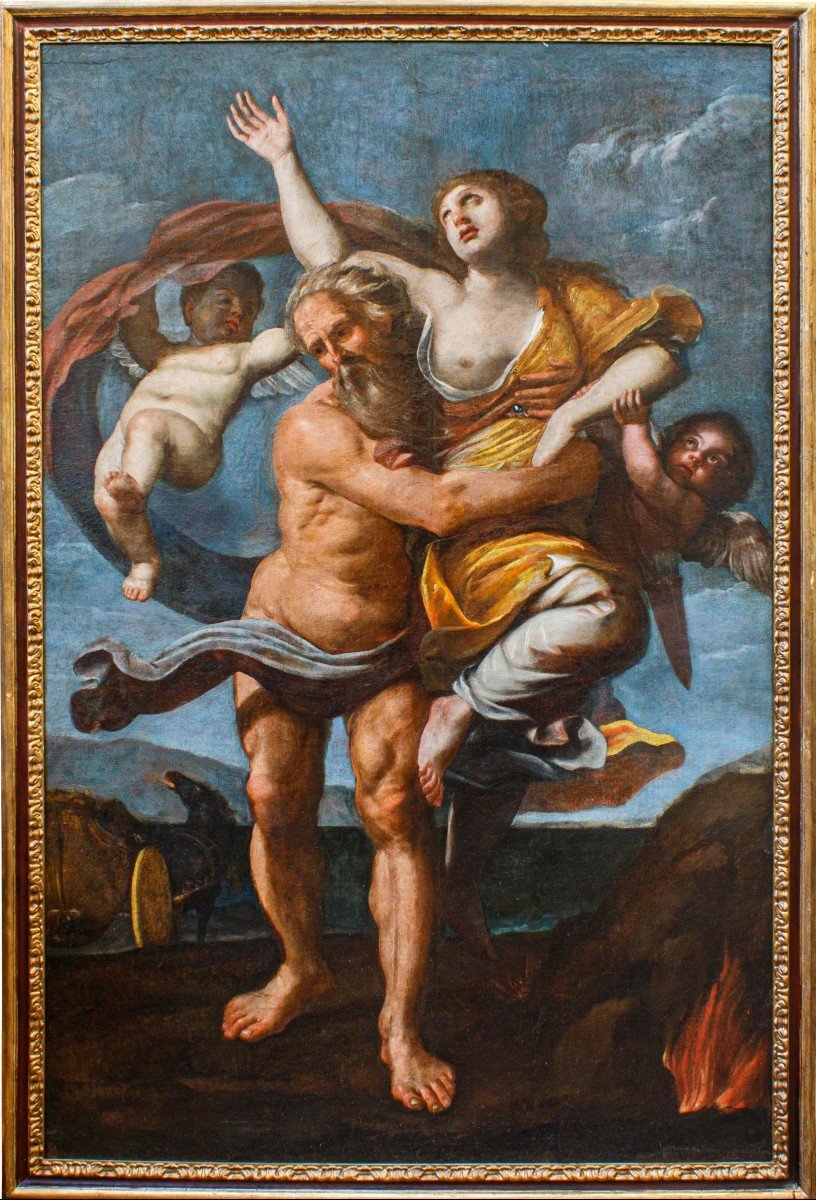
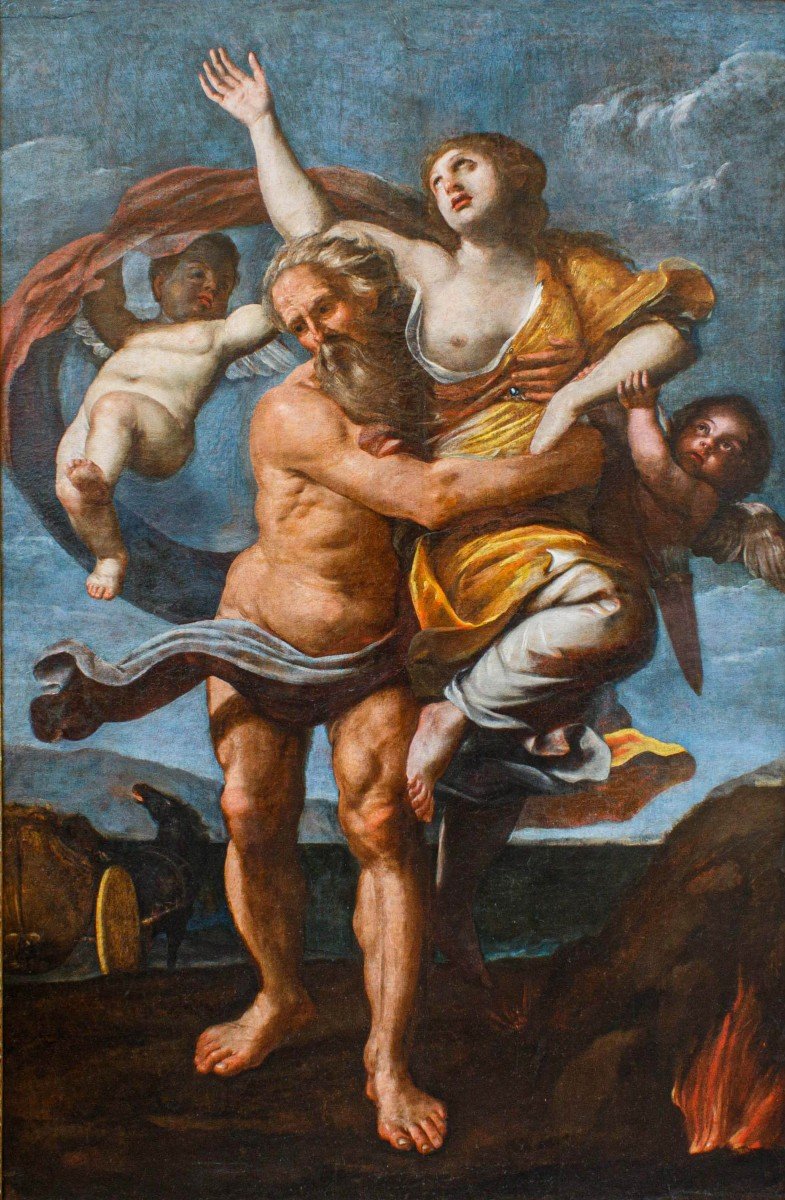
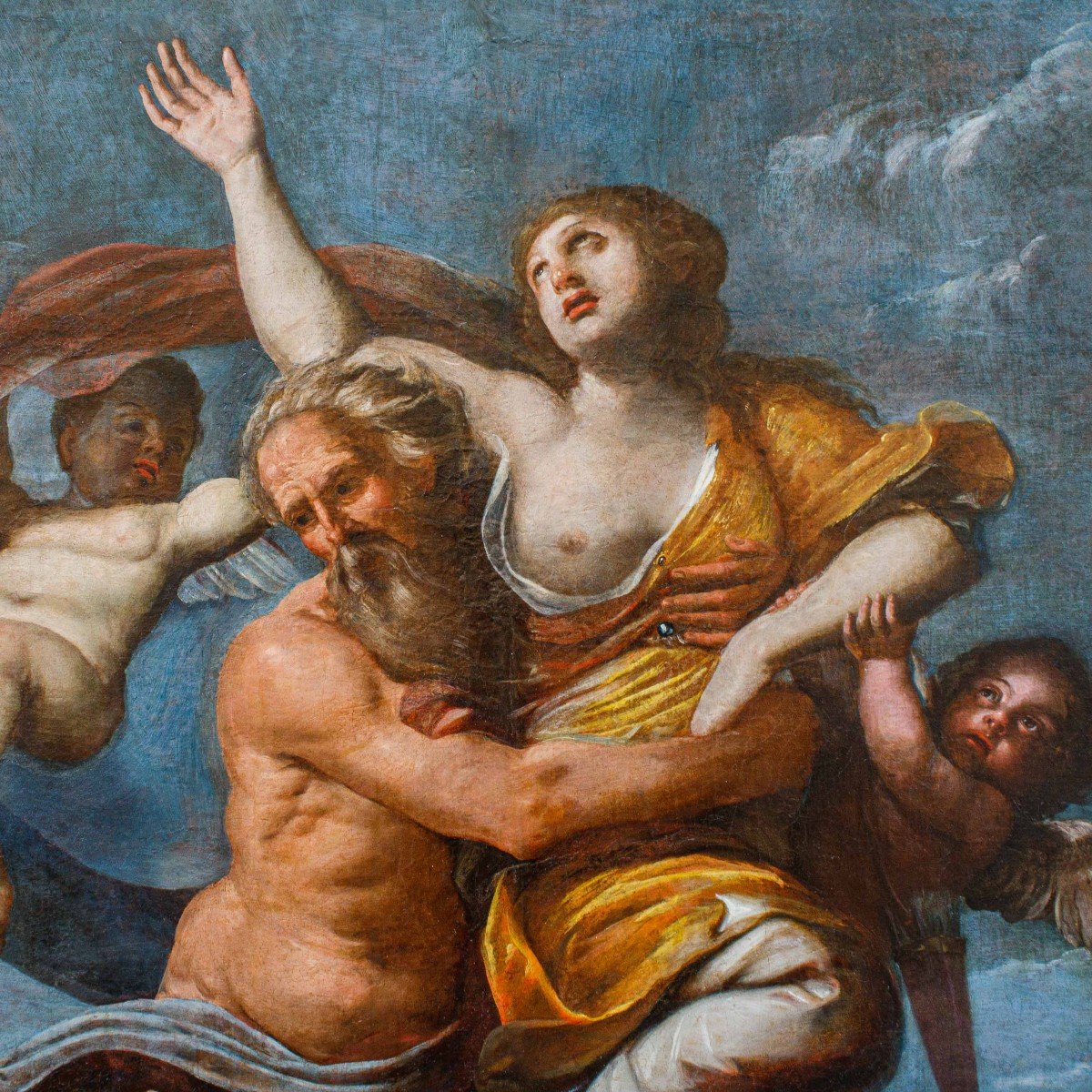
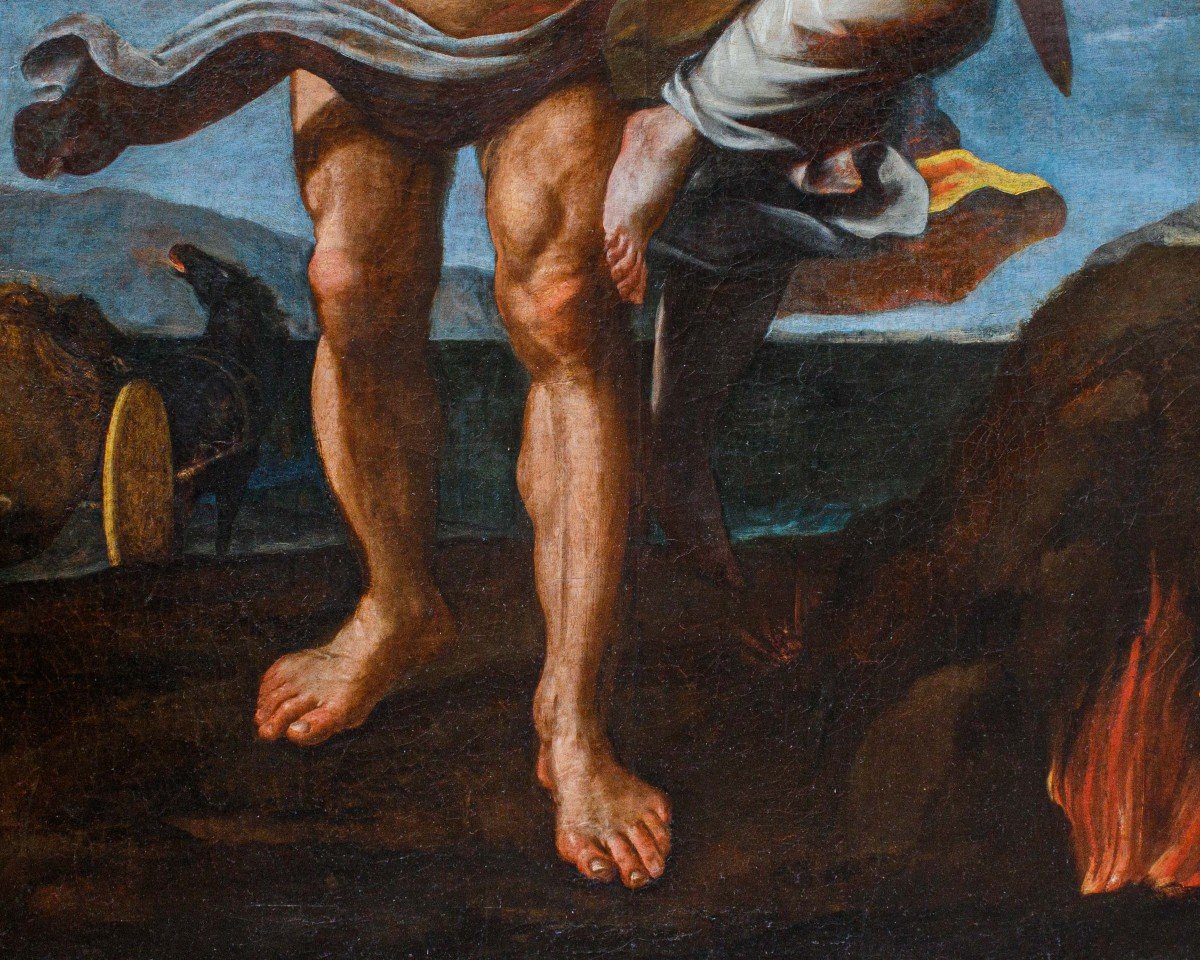
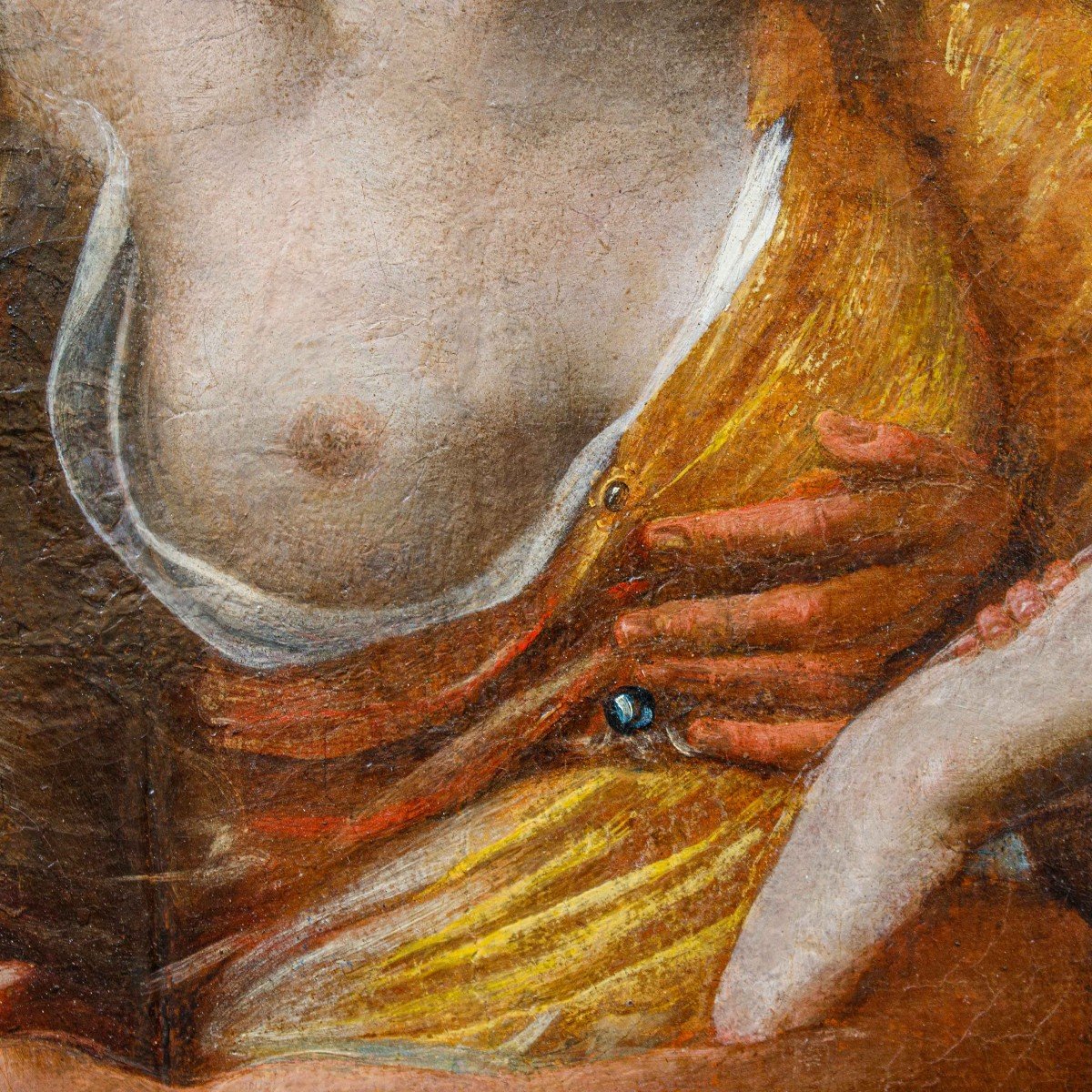
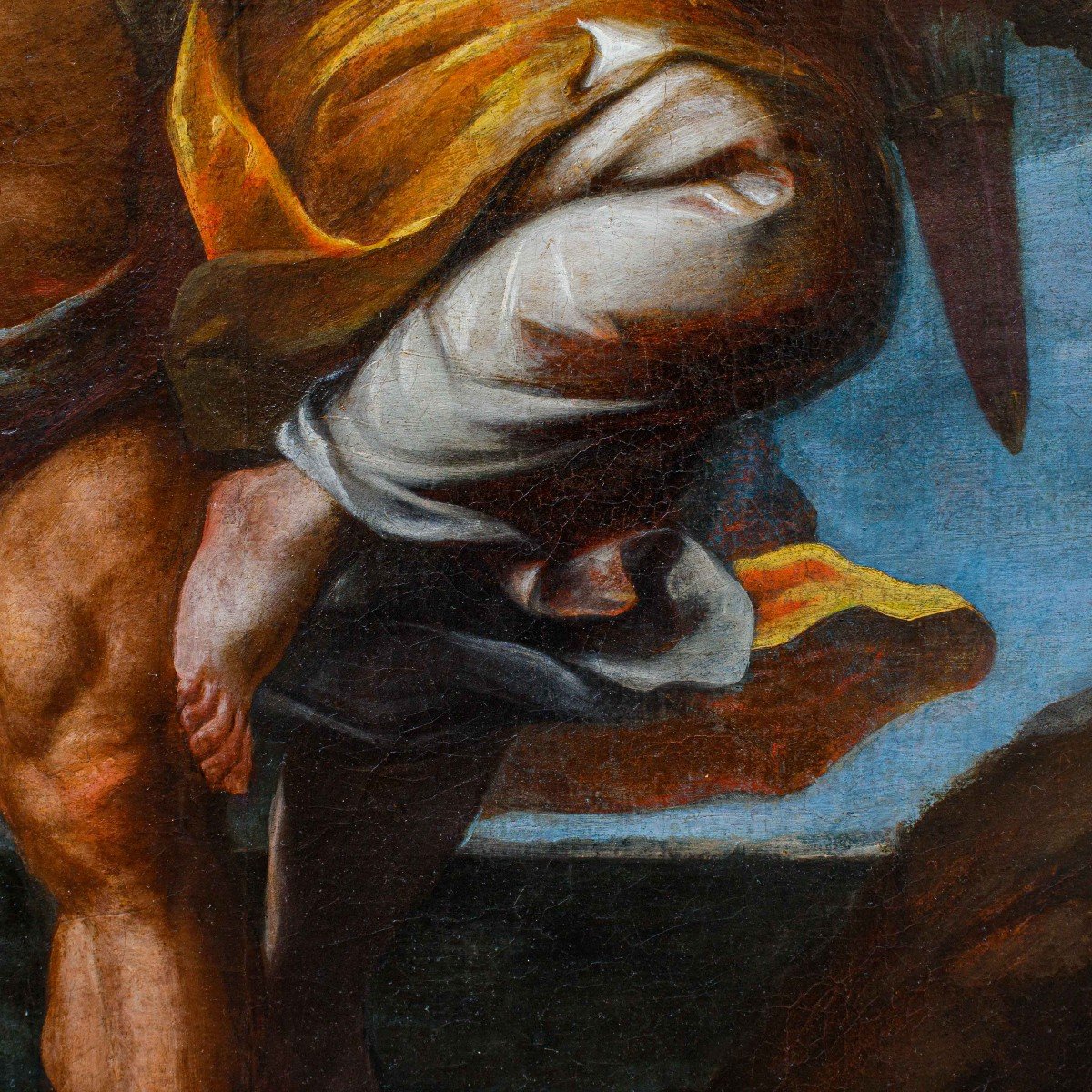
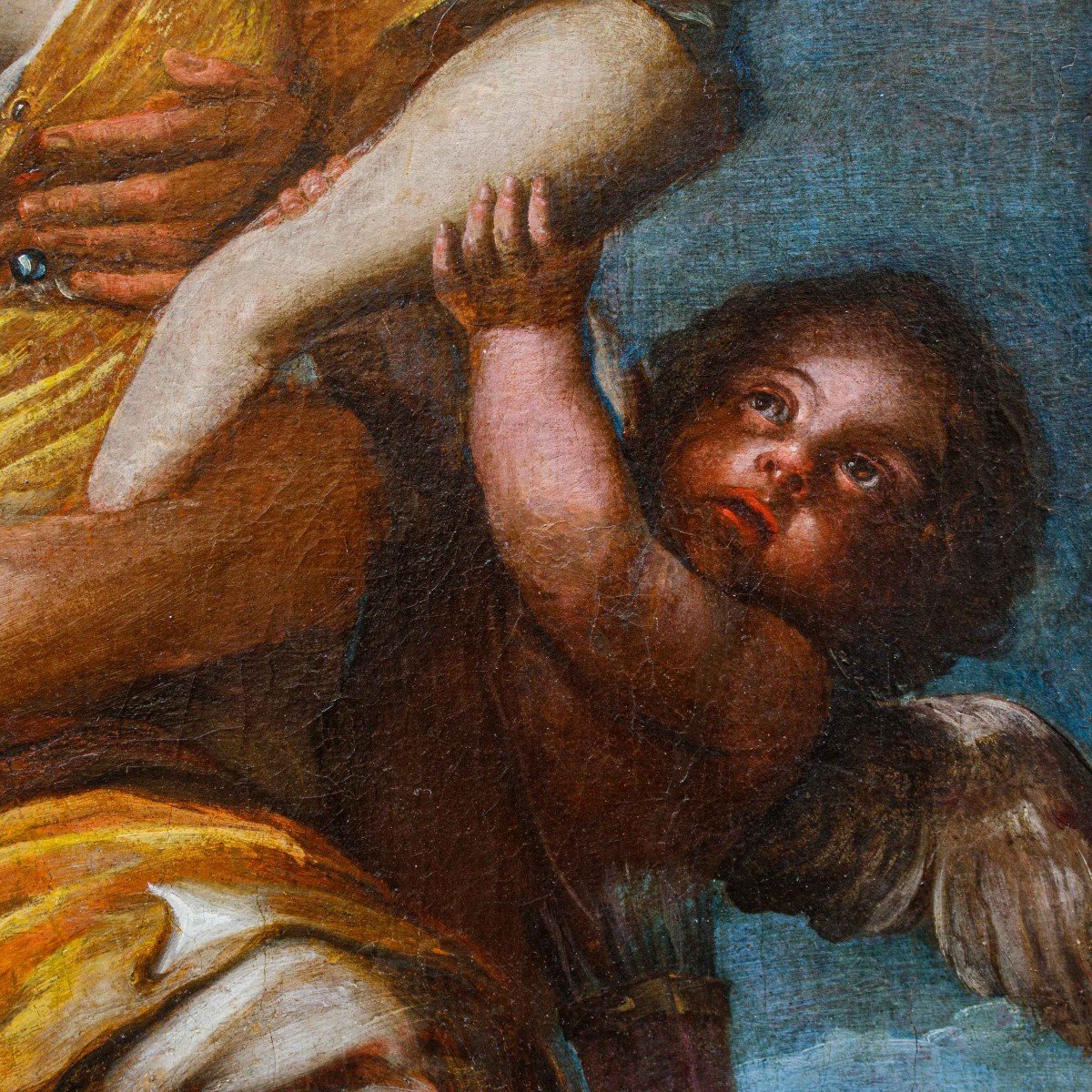
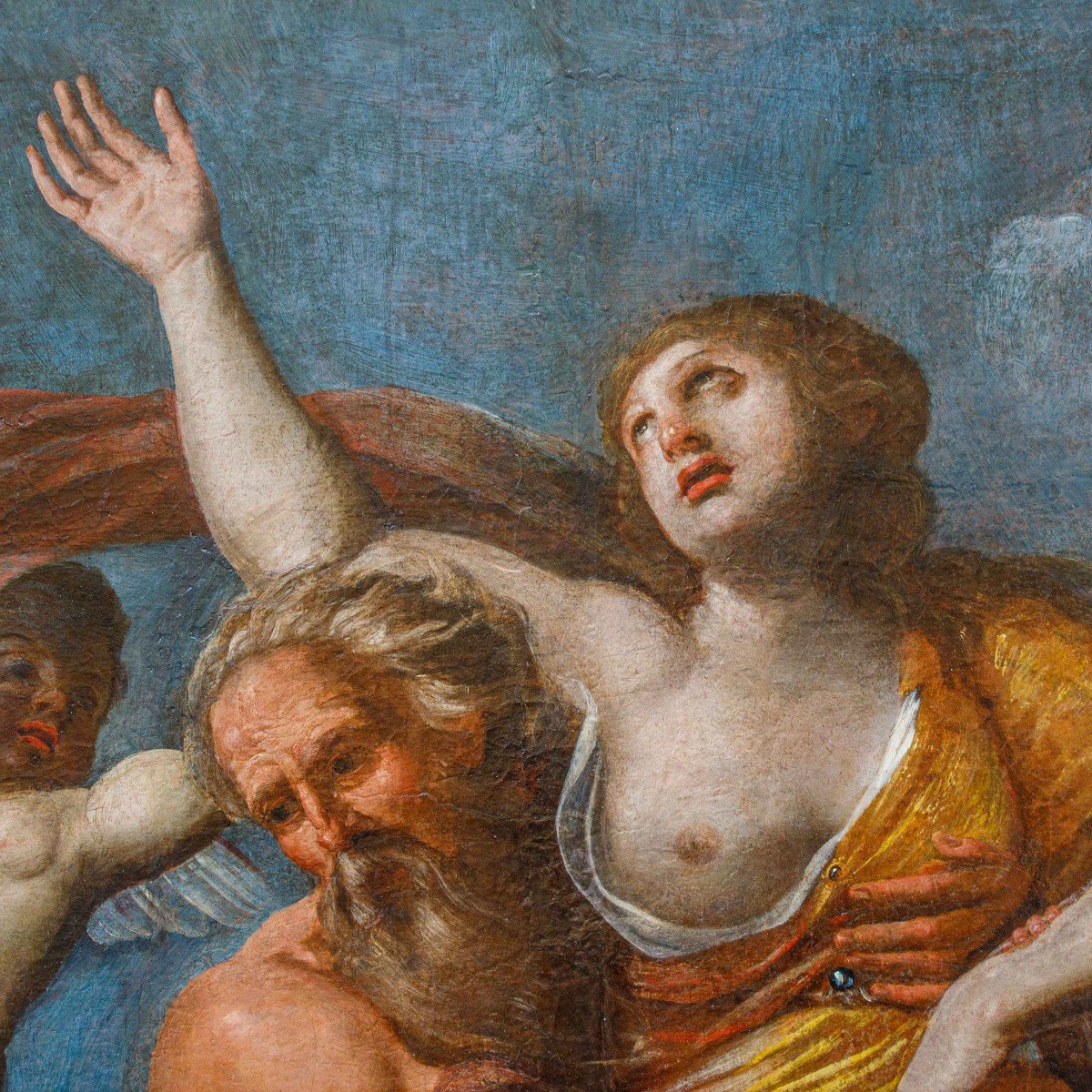
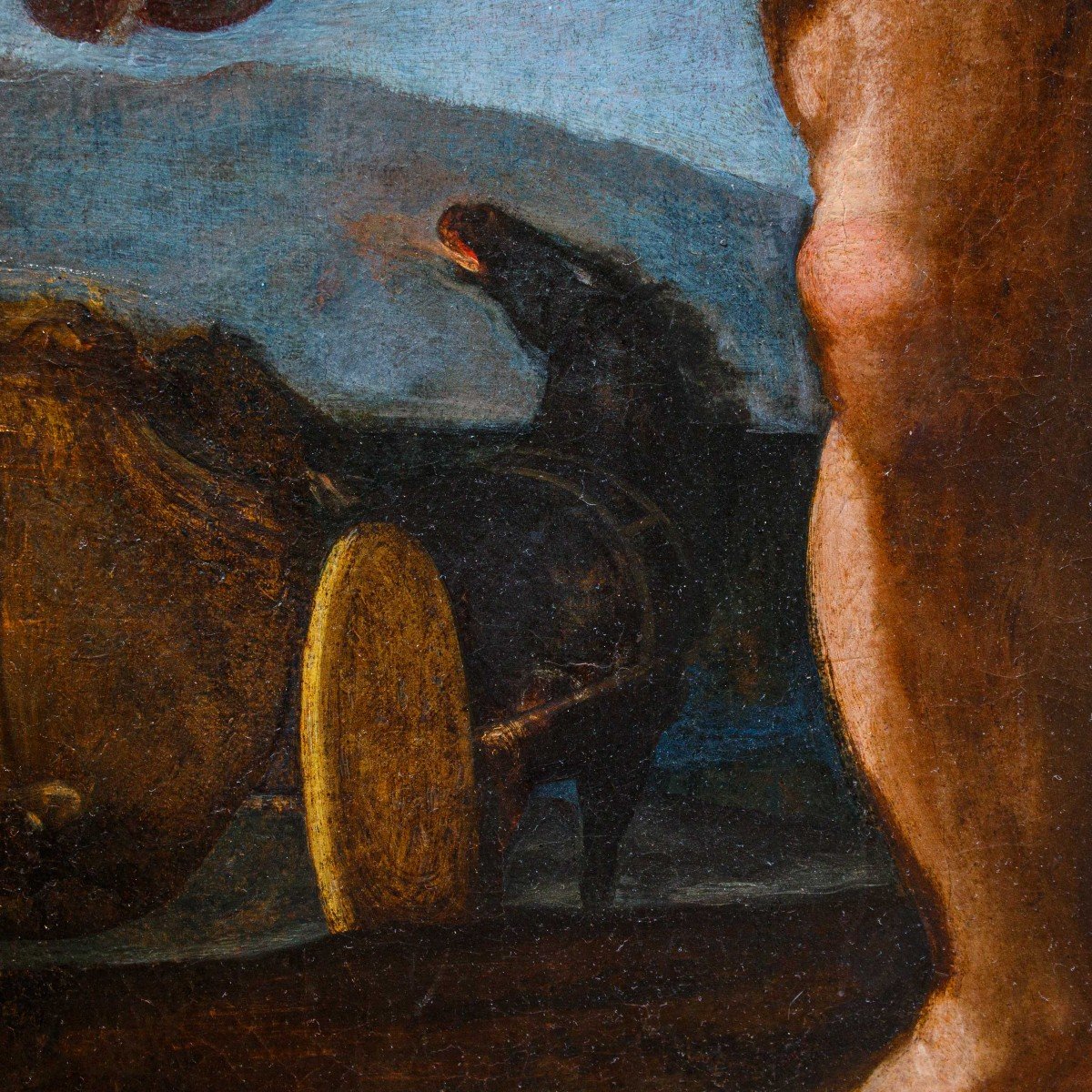
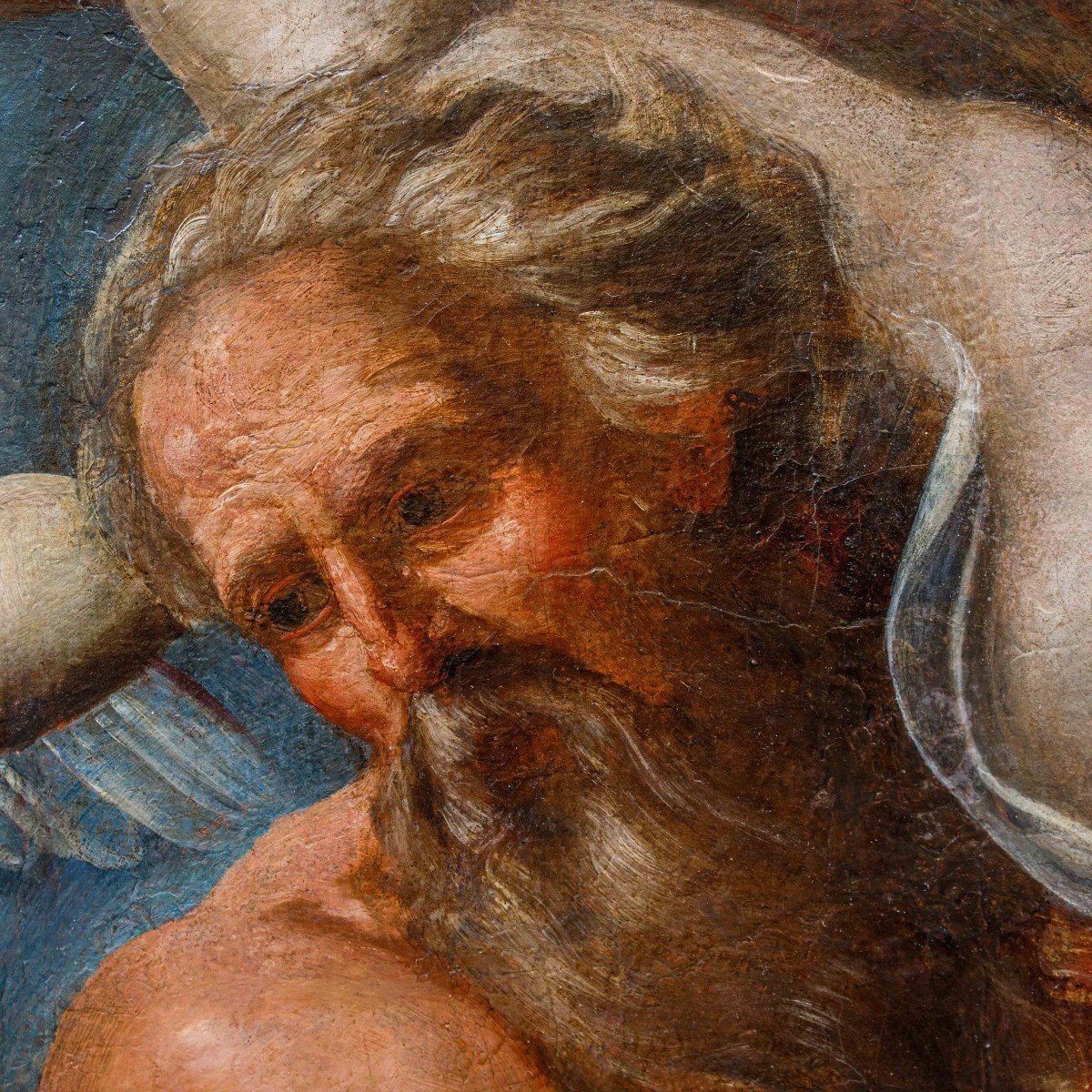
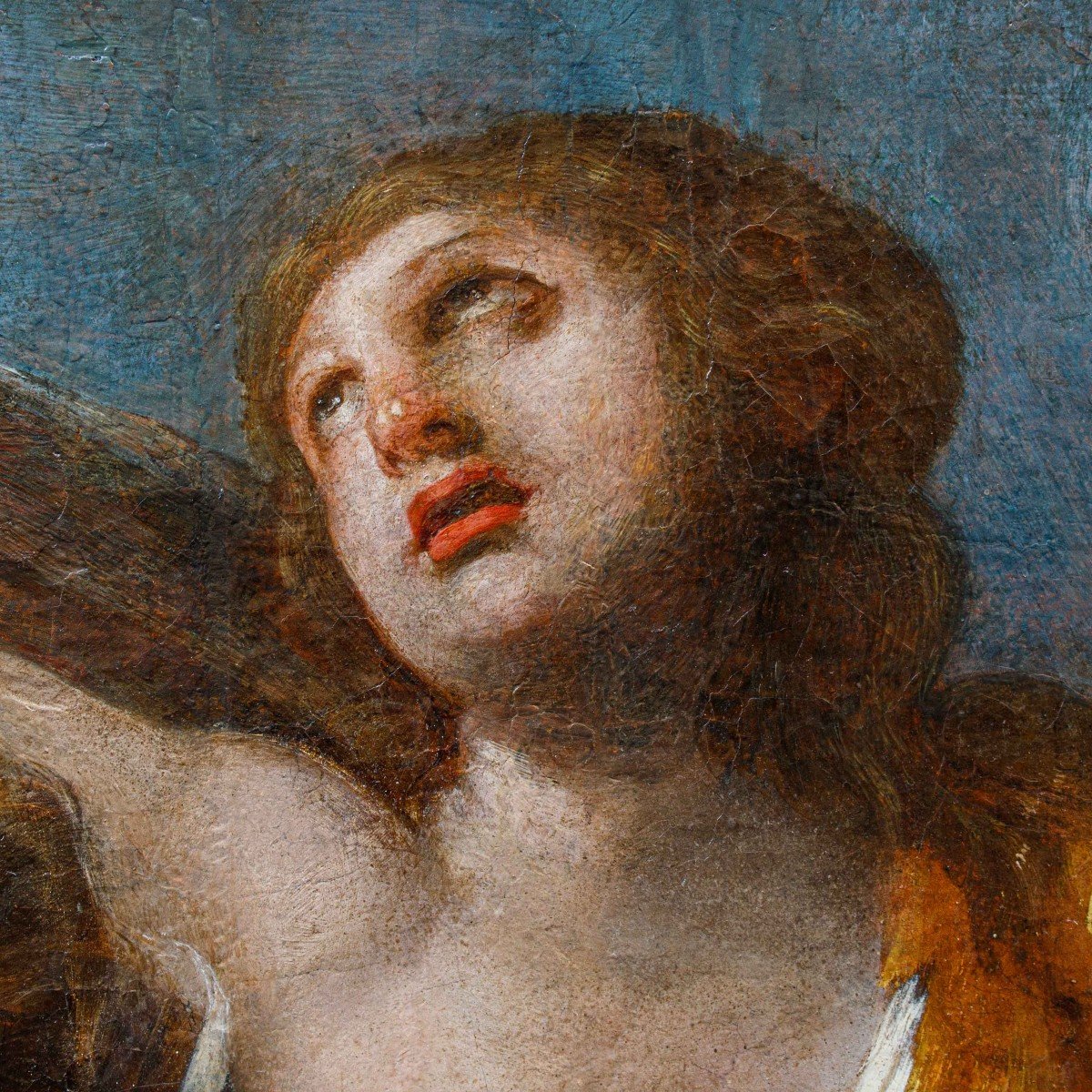





















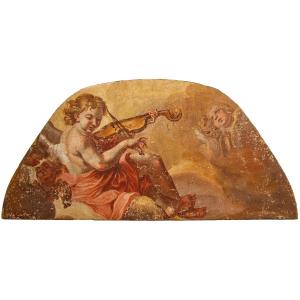

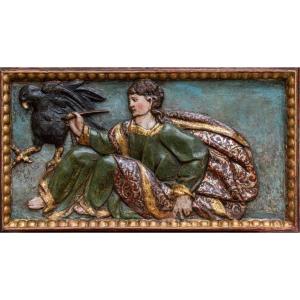

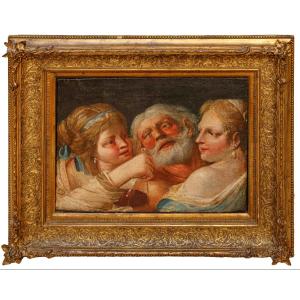
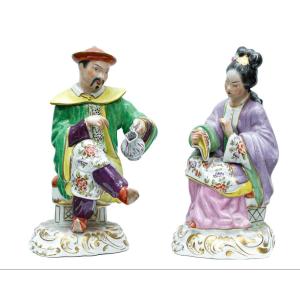
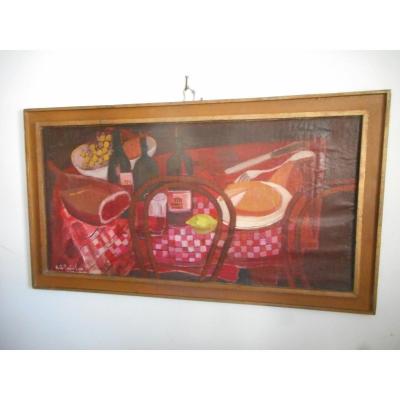

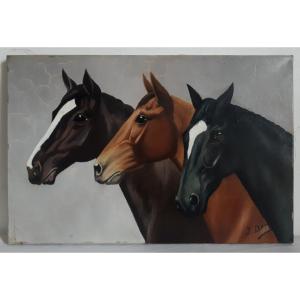
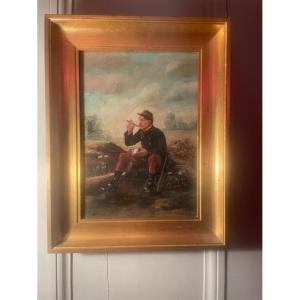




 Le Magazine de PROANTIC
Le Magazine de PROANTIC TRÉSORS Magazine
TRÉSORS Magazine Rivista Artiquariato
Rivista Artiquariato